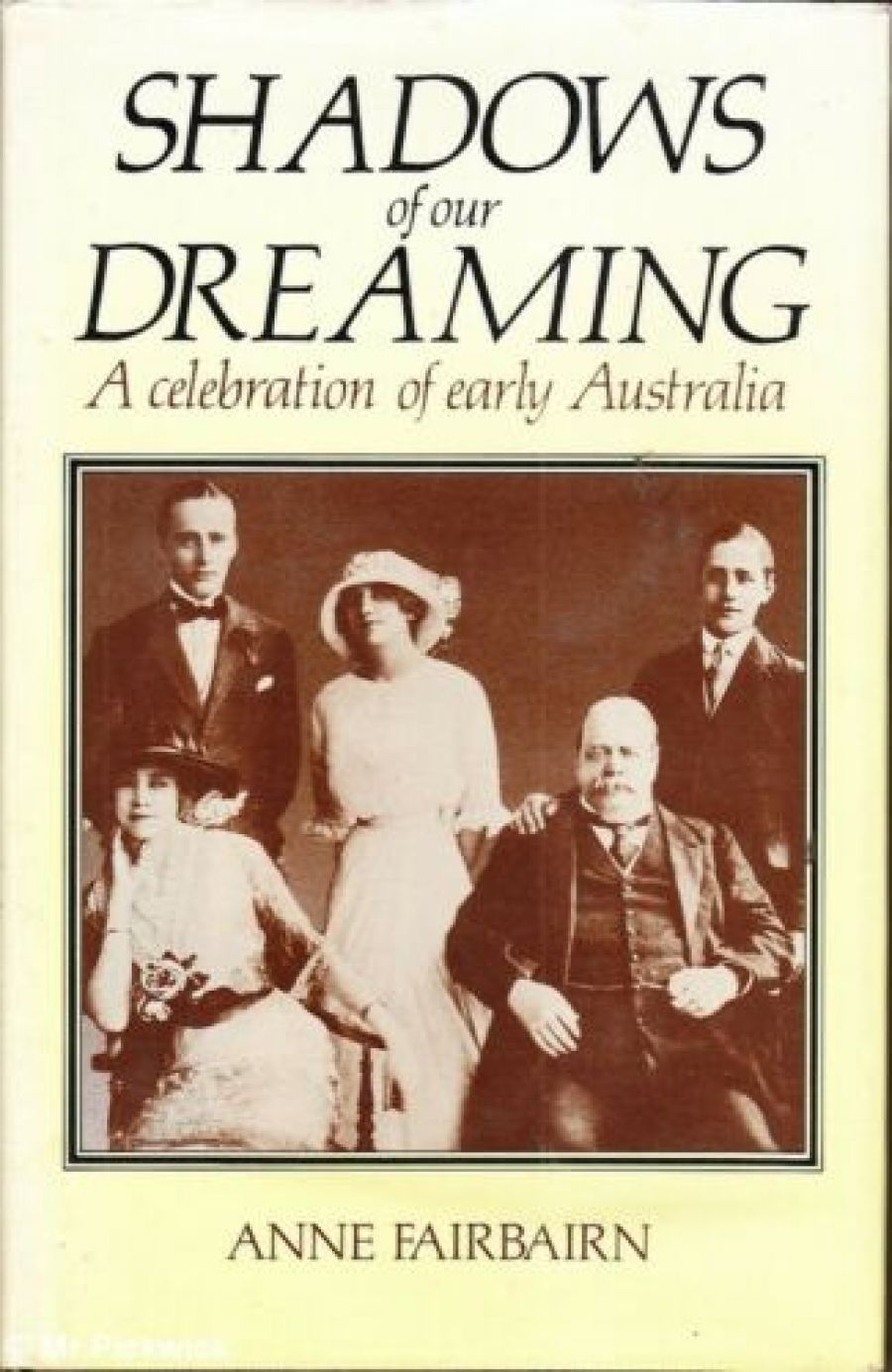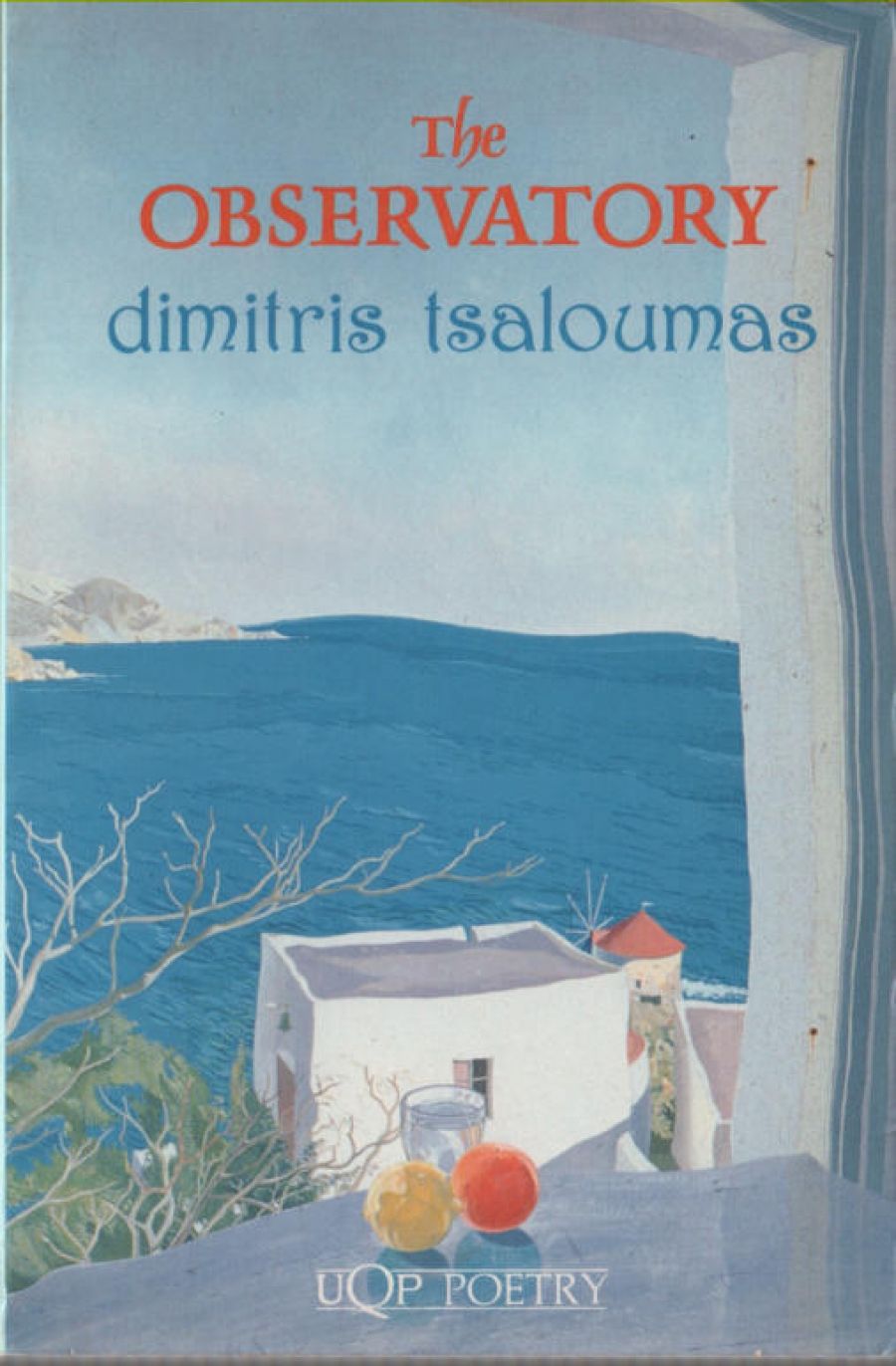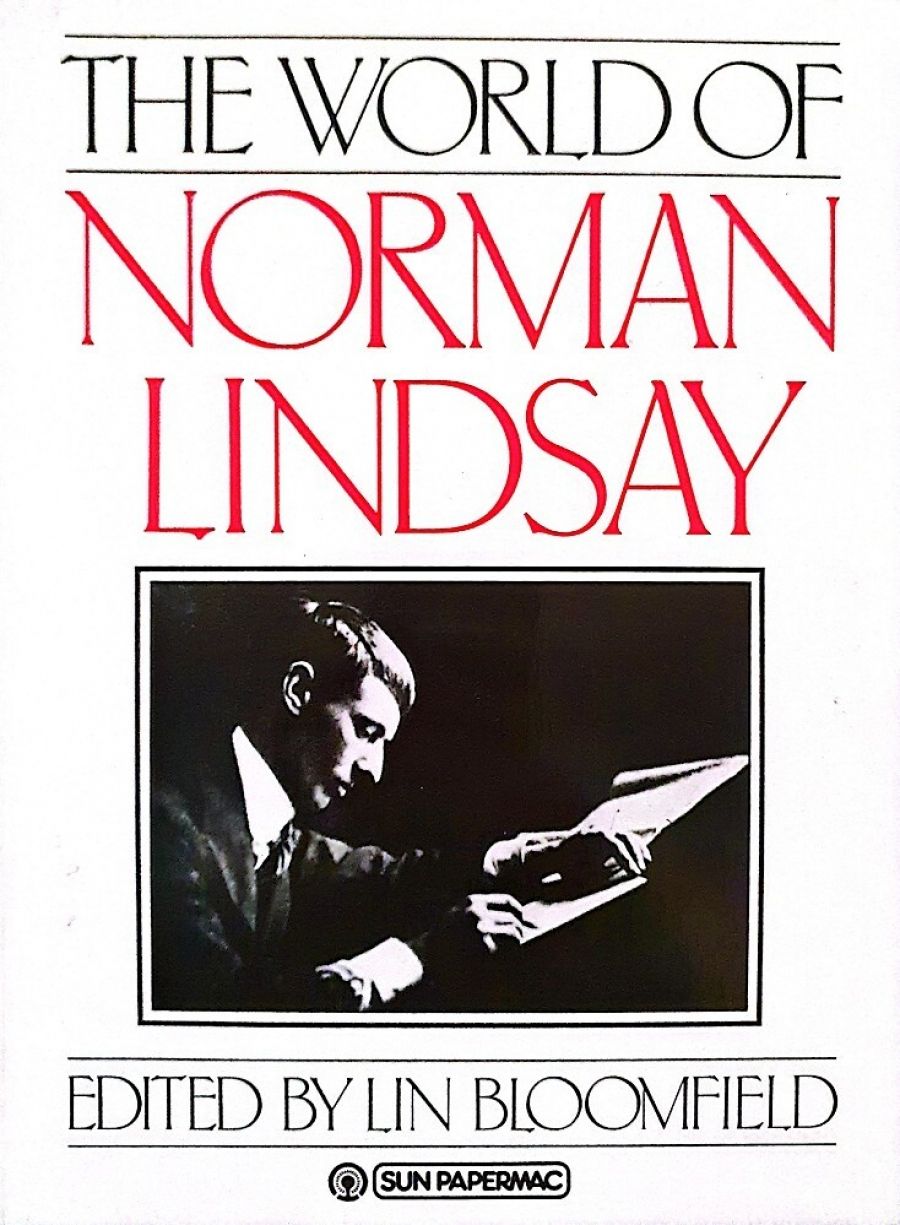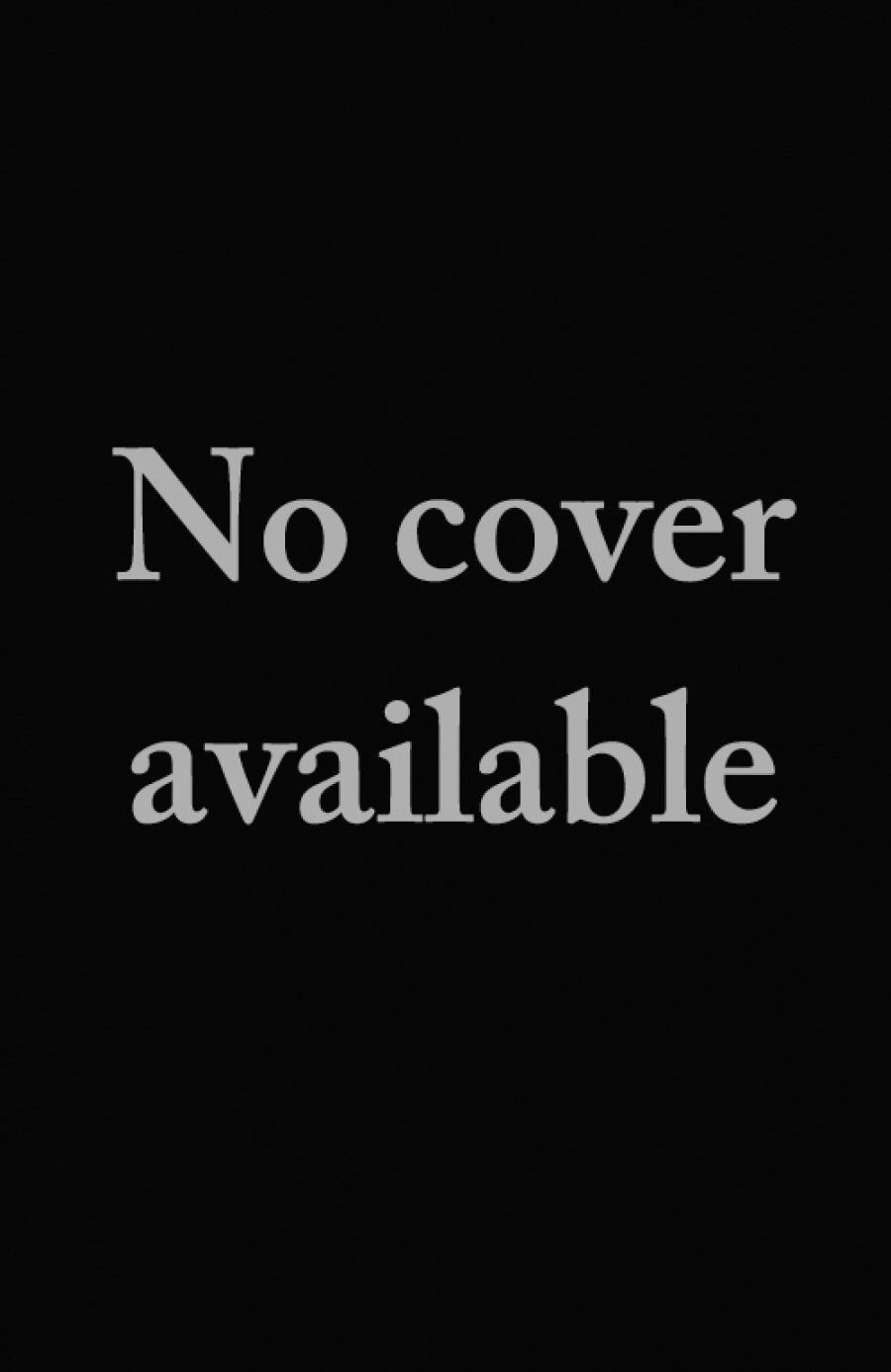
- Free Article: No
- Contents Category: Short Stories
- Review Article: Yes
- Article Title: Heady stuff
- Online Only: No
- Custom Highlight Text:
In an authorial note Fay Zwicky describes her collection of stories as thematic rather than chronological.
They are all concerned more or less ironically, with the growth of a writer’s consciousness which may help to account for the varying degrees of stylistic density and the shifts in personae.
The first seven stories, the Helen Freeman sequence, offer a retrospective view of Helen’s struggle to establish a female identity in a world dominated by men and by masculine edicts and rituals. Taking a hint from the introductory note, these stories reflect, in essence, the stages in the author’s personal development from her youthful recollections of her family during and after the Second World War to her marriage and separation. It is arguable whether these stories should be treated as the discontinuous narrative of one life, though they can be read that way. They are not, however, an autobiography.
- Book 1 Title: Hostages
- Book 1 Biblio: Fremantle Arts Centre Press, 1983
In an authorial note Fay Zwicky describes her collection of stories as thematic rather than chronological.
They are all concerned more or less ironically, with the growth of a writer’s consciousness which may help to account for the varying degrees of stylistic density and the shifts in personae.
The first seven stories, the Helen Freeman sequence, offer a retrospective view of Helen’s struggle to establish a female identity in a world dominated by men and by masculine edicts and rituals. Taking a hint from the introductory note, these stories reflect, in essence, the stages in the author’s personal development from her youthful recollections of her family during and after the Second World War to her marriage and separation. It is arguable whether these stories should be treated as the discontinuous narrative of one life, though they can be read that way. They are not, however, an autobiography.
Read more: David Kerr reviews 'Hostages' by Fay Zwicky
Write comment (0 Comments)

